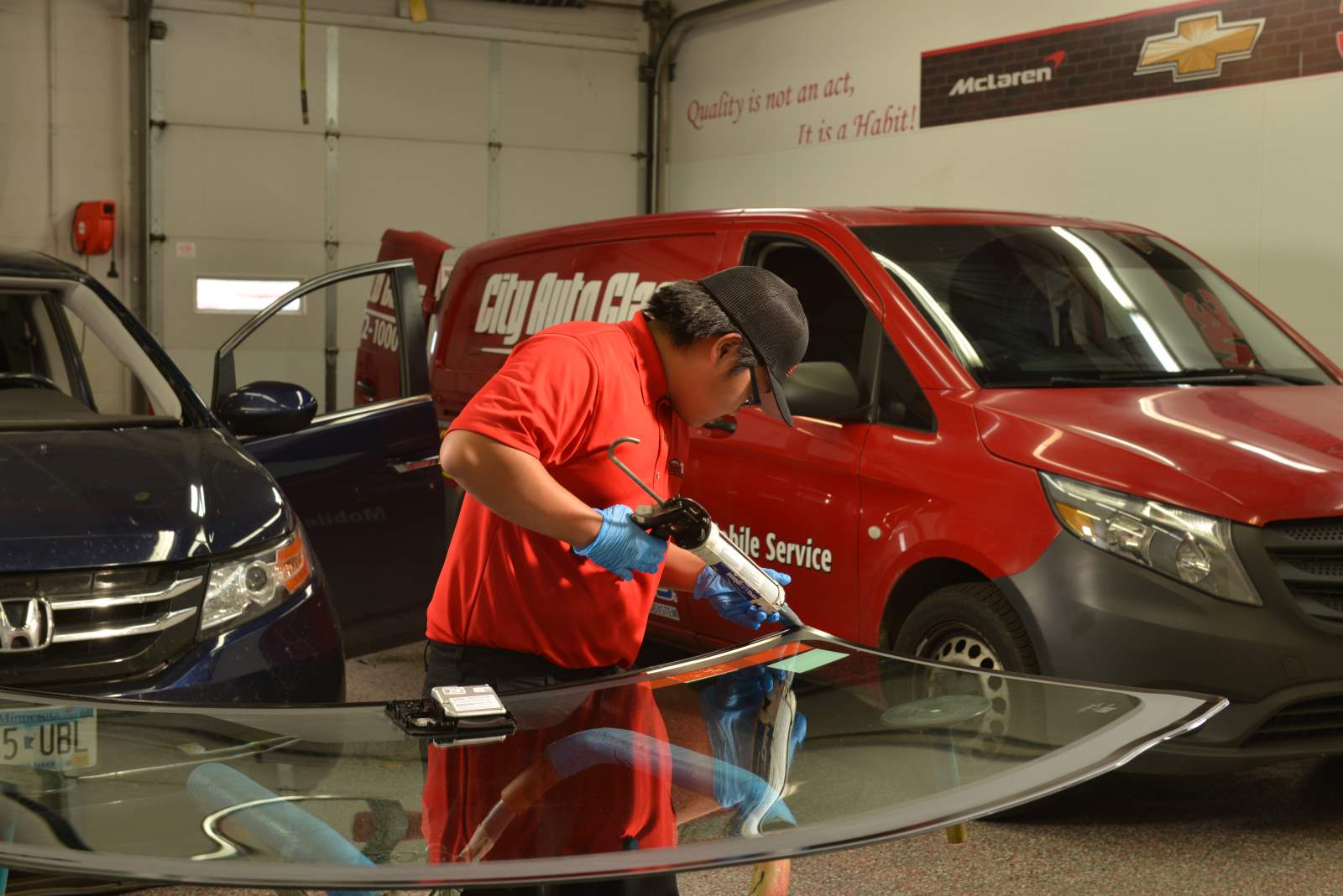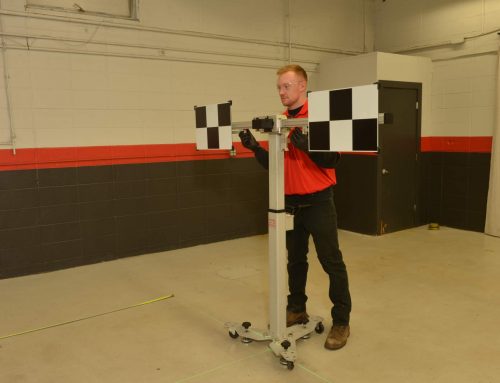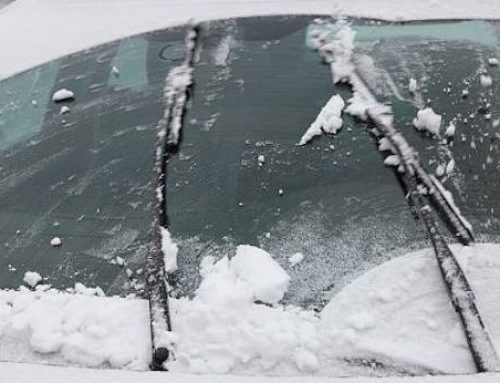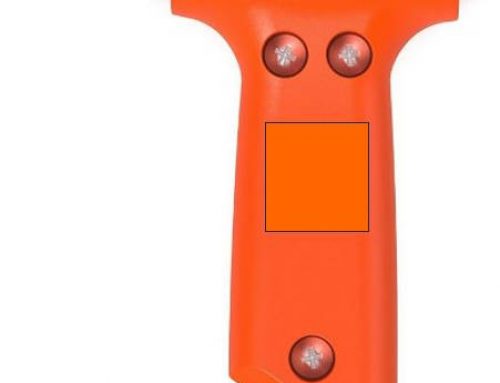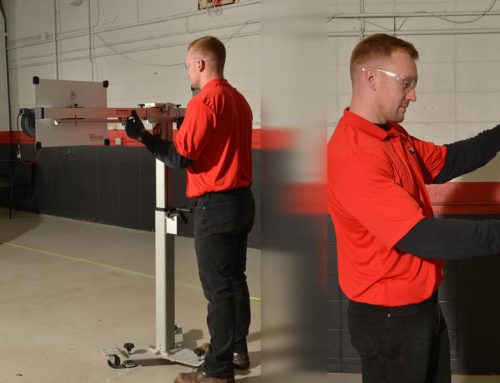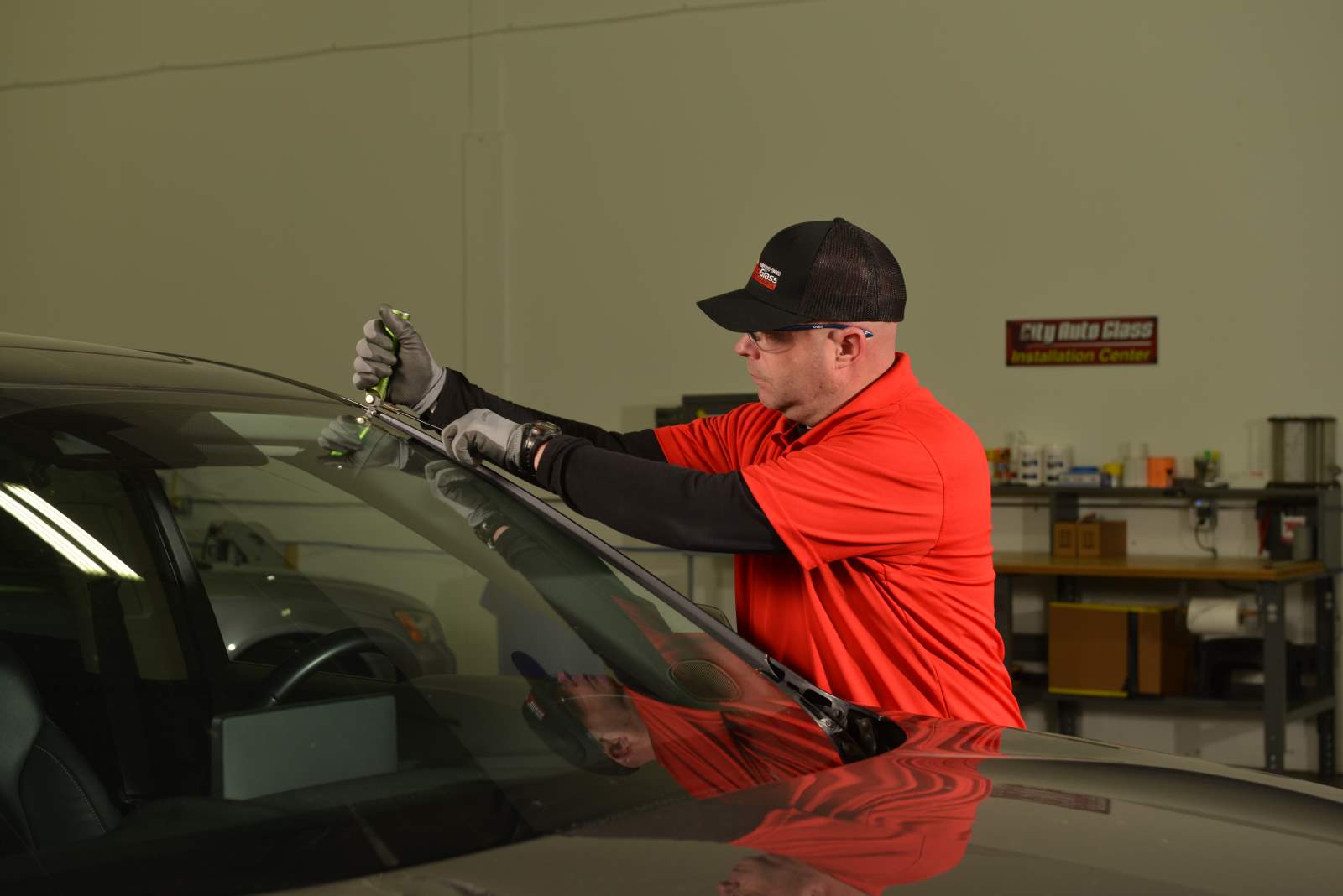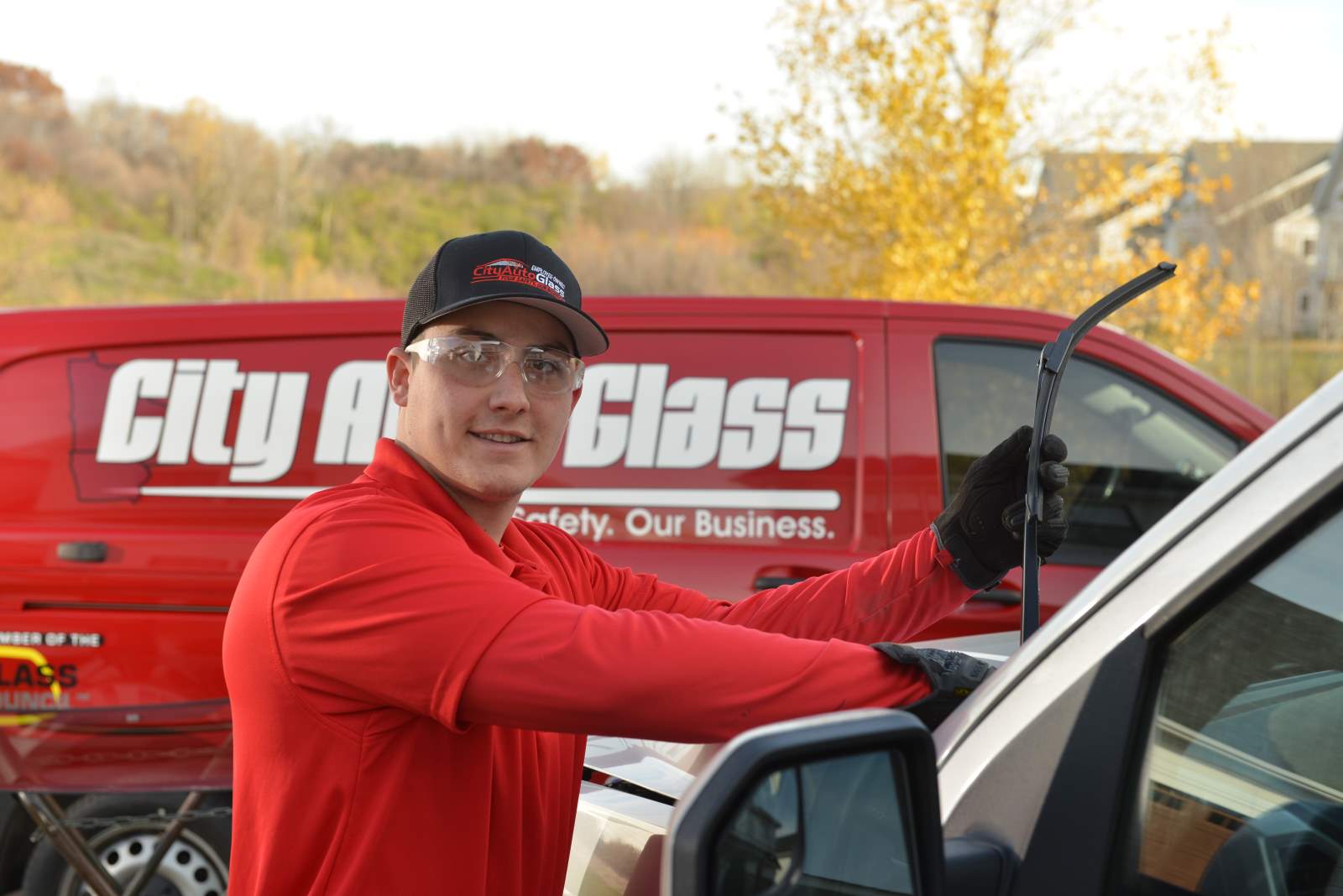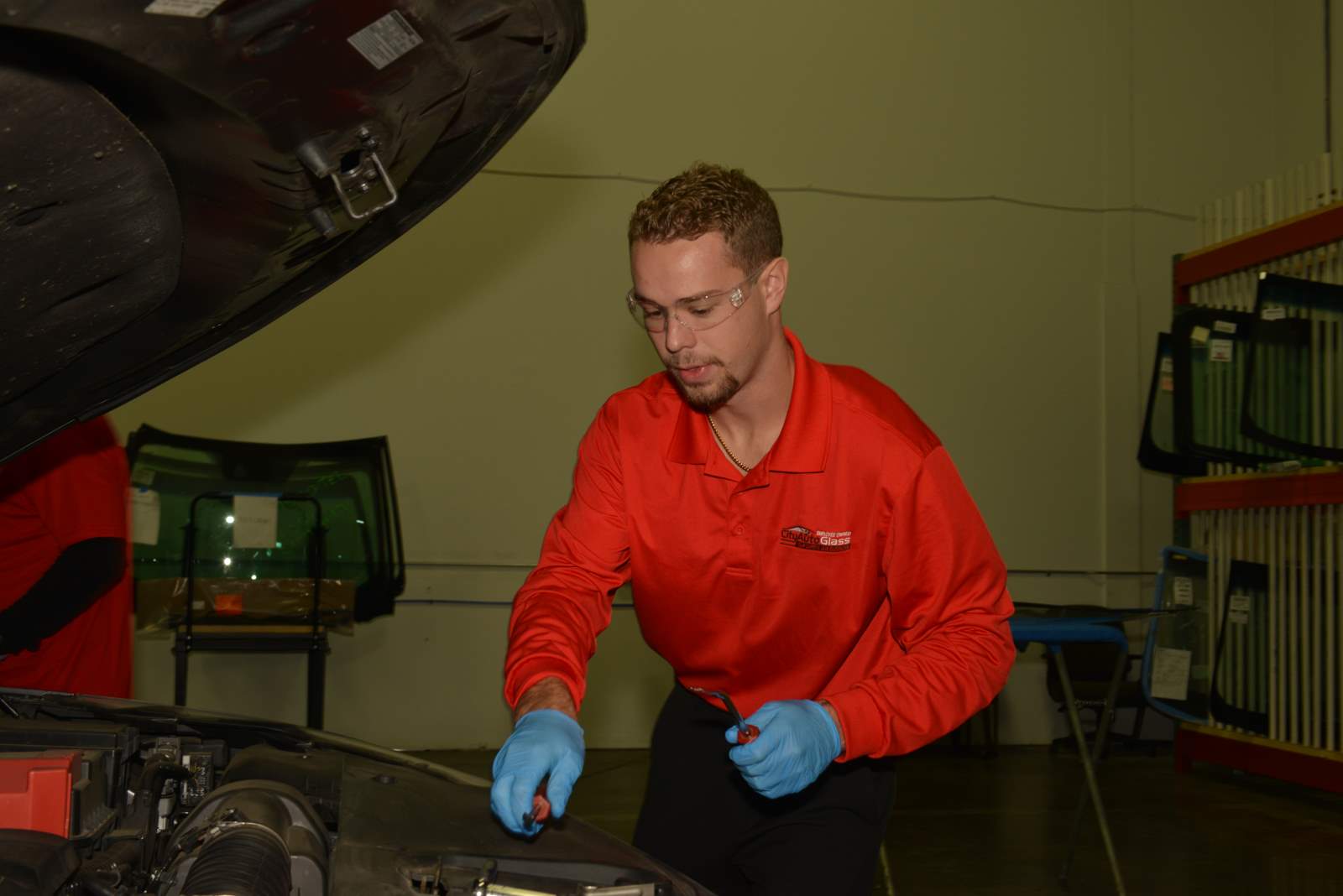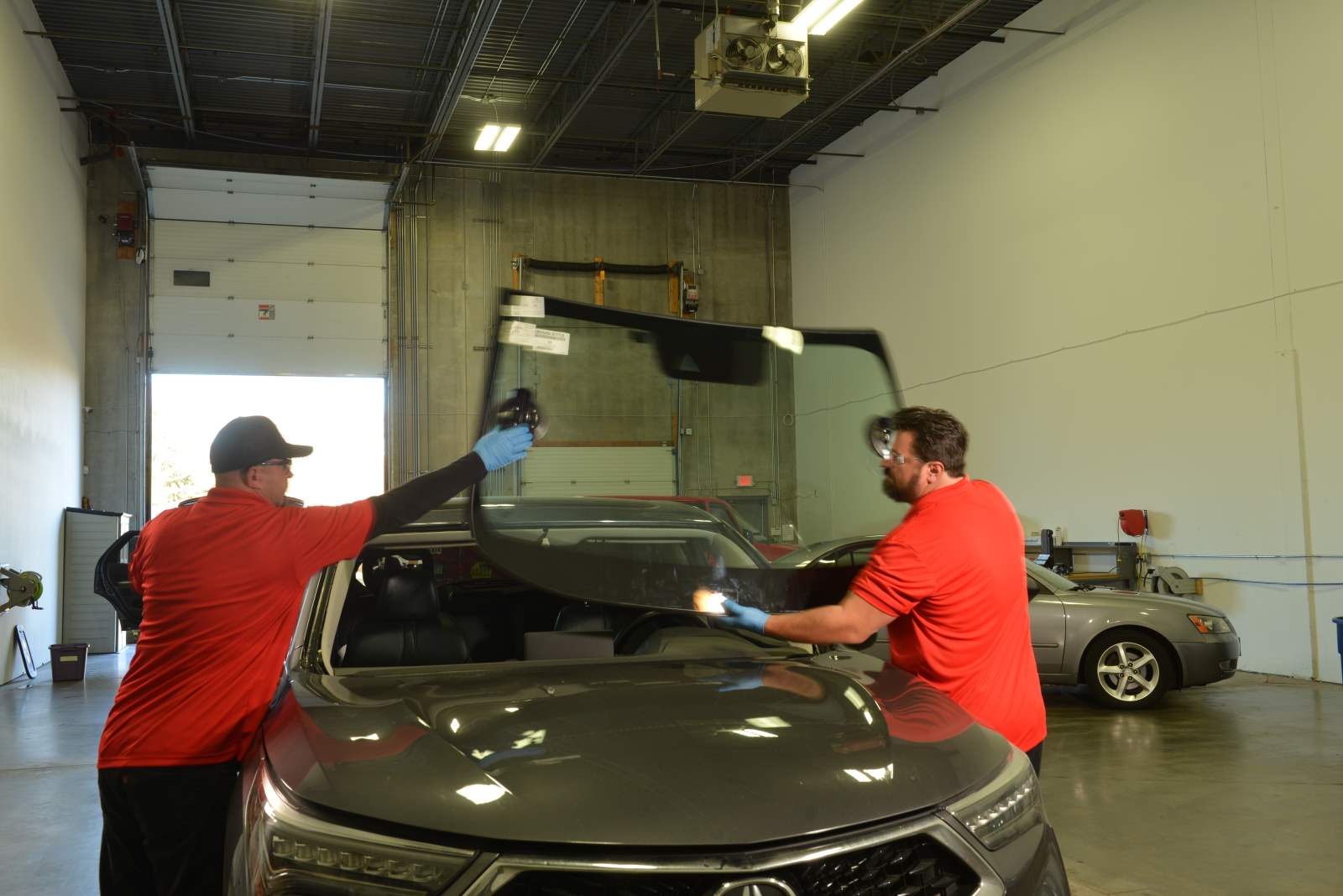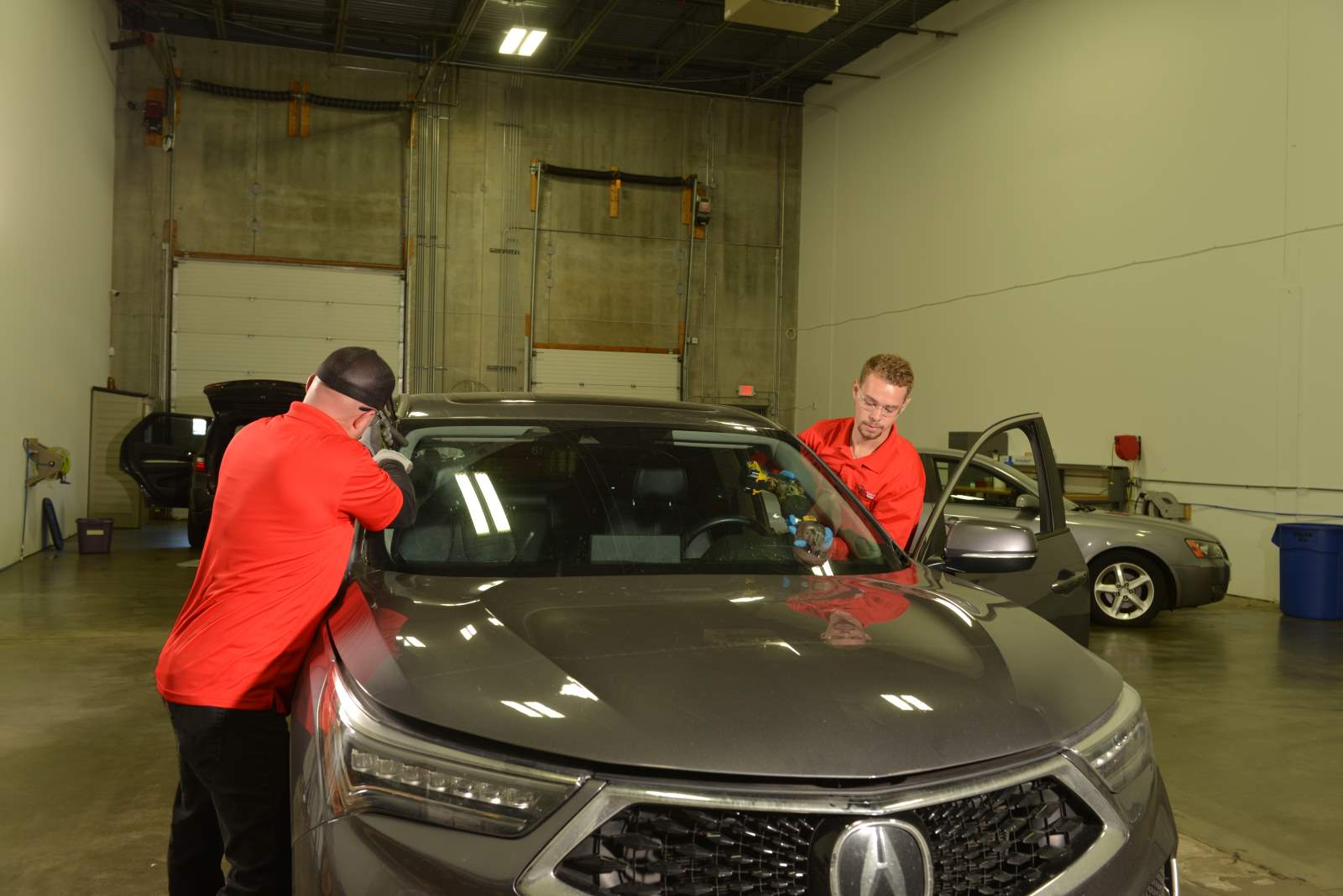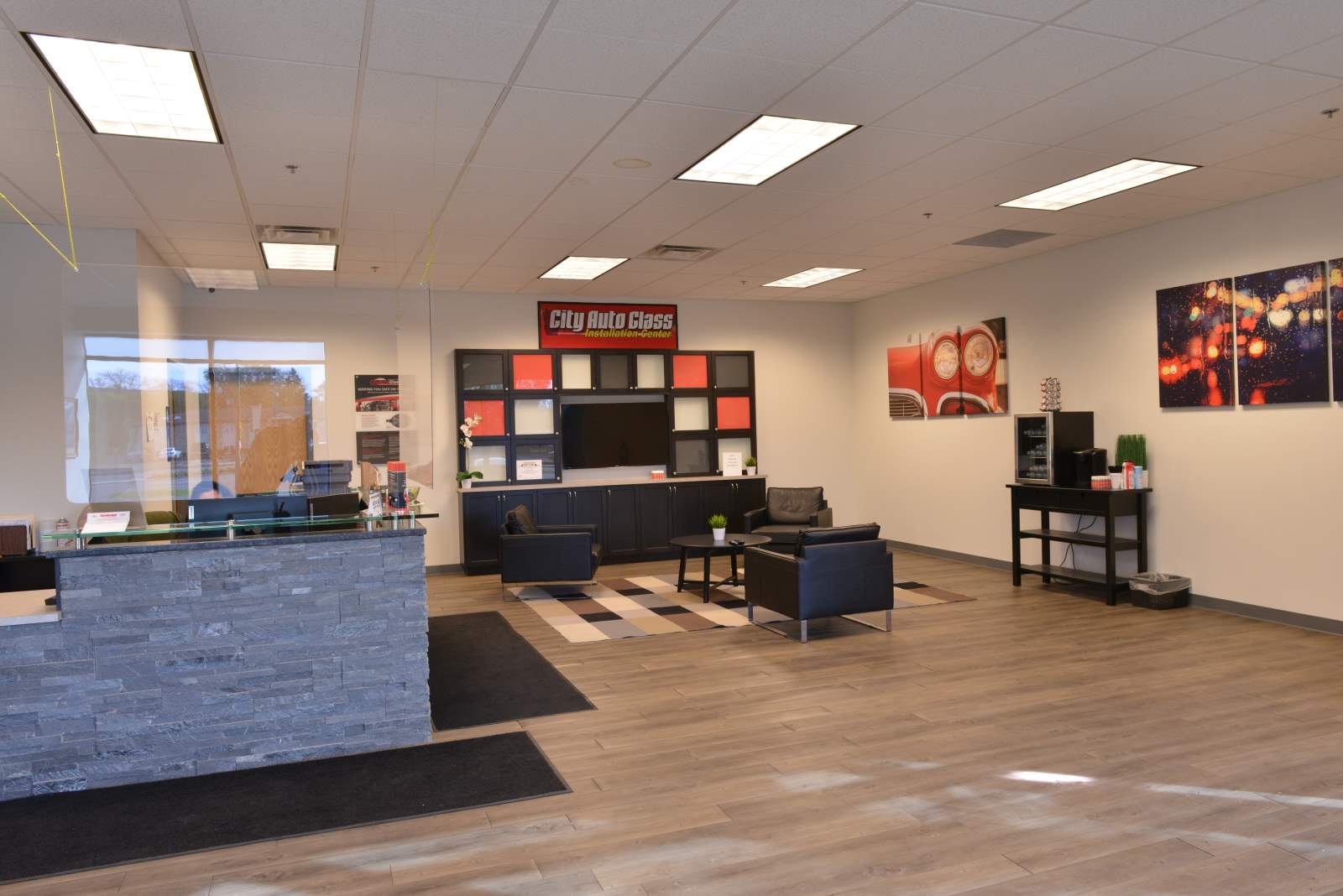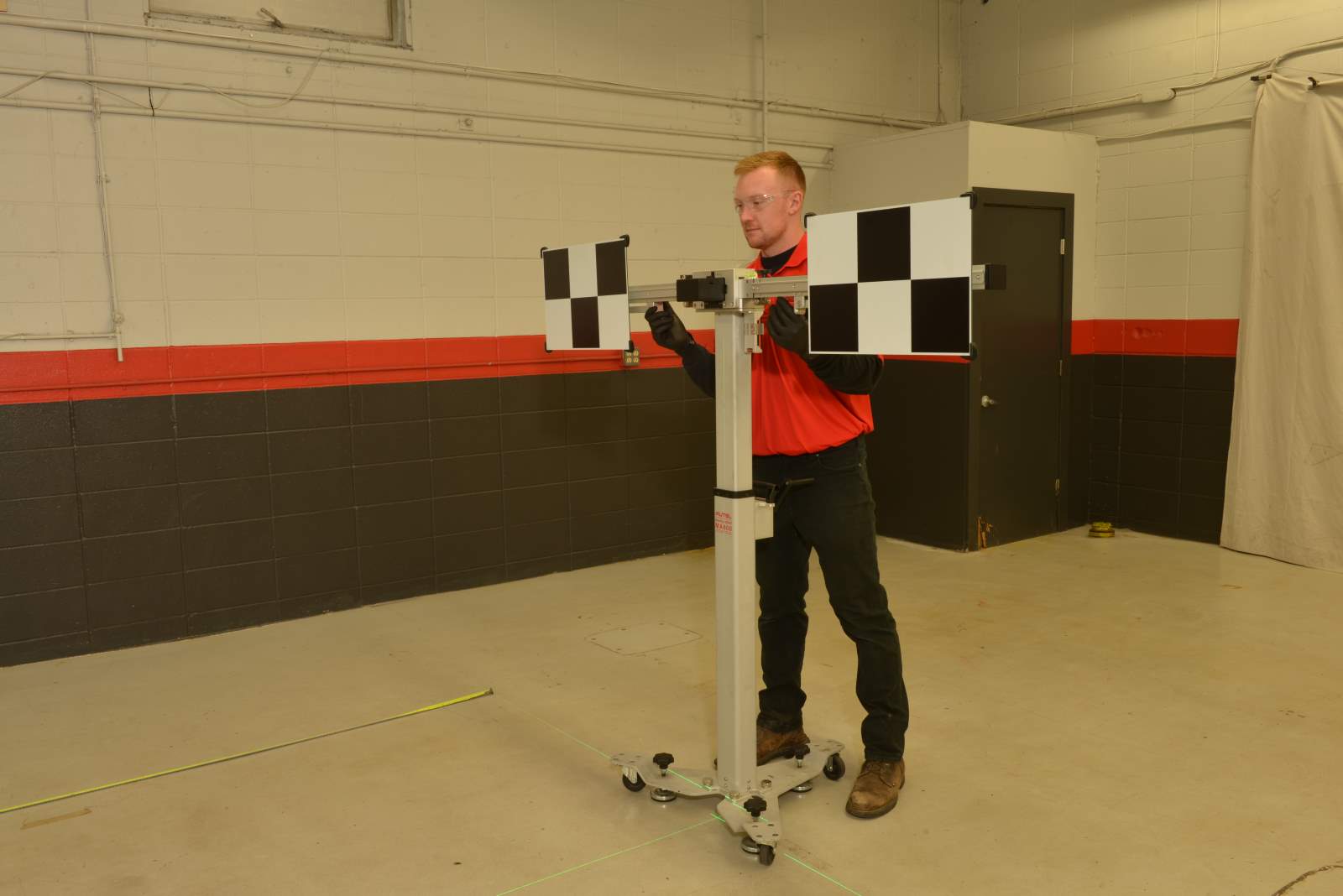Windshield replacement can be a frustrating and potentially a time-consuming experience.
First of all, you have to decide which company you are going to trust with your primary mode of transportation.
Secondly, you’re out a car for the entirety of the process (unless you can get a loaner), and it’s not like your responsibilities for the day are just going to wait.
On top of this, how do you know the piece of glass being installed is the proper piece of glass for your year, make and model?
OE, OEM, OEE…oh my!
Let’s get these acronyms straightened out.
OE Auto Glass
This is the piece of glass that was installed in your vehicle as it was originally manufactured. If your windshield has never been replaced, this is most likely the windshield in your vehicle right now. When you hear someone mention “dealer glass” they are referring to OE glass.
OEM Auto Glass
OEM (Original Equipment Manufacturer) glass, this windshield could be considered the clone of your original windshield. It was manufactured by the same company as your original windshield and will possess the same logo as the make of your car i.e. Ford, Toyota, Chevrolet.
These manufacturers will normally produce up to a 2 year run of a specific year, make, and model. After this supply exhausted, it’s gone.
It’s worth noting that the price for OEM glass is quite a bit more expensive than comparable aftermarket windshields, and therefore some insurance companies won’t pay for OEM glass if the vehicle is over two years old.
OEE Auto Glass
OEE (Original Equipment Equivalent) glass, you could consider an OEE windshield to be a reverse-engineered version of your original windshield.
The OEE windshield will have the same specs as your original windshield, but instead of possessing the automaker’s logo an OEE windshield will sport the glass manufacturer’s logo. Being that this piece of glass wasn’t on the same production line as OE or OEM glass, these windshields are less expensive.
The quality of OEE glass should be considered on par with OEM and OE.
Aftermarket Auto Glass
While OEE glass would be considered aftermarket, there are certainly other aftermarket windshields you could have installed in your vehicle. These are options you may only want to consider if you’re paying out of pocket.
While these other options may be cheaper, realize that they are not considered to possess the same specs or even quality when compared to OEE or OEM glass.
ADAS: The Curveball
We covered ADAS technology in a previous entry if the term is foreign to you. Due to the technological demands of ADAS features, glass clarity is increasingly important for optimal operation of these features. OEM glass would be the best choice if your vehicle requires ADAS recalibration.
Installing a non-OEM windshield could result in the windshield camera not being calibrated properly, therefore compromising the operation of various ADAS features.
The Bottom Line
All glass must reach certain standards and pass various rigors before going to market. If you’re questioning the glass installed in your vehicle, look for a DOT number. With the DOT number, you can rest assured that your glass meets the safety standards required.
Between OEM and OEE glass the specs should line up within a hair’s width of identical, and you should feel confident with either windshield installed in your vehicle.
The caveat here is with regard ADAS recalibrations, you may want to confirm that the piece of glass being installed won’t hinder the operations of your ADAS features, and more often than not, an OEM piece of glass is the best play in this situation.
OEM: the windshield closest to your original windshield, more expensive, ensures proper operation of ADAS Features
OEE: reverse-engineered to meet OEM specs, cheaper, may affect the accuracy of ADAS recalibration
Aftermarket (non-OEE): will meet DOT standards, easiest on the pocketbook, may sacrifice some quality
Non-Deductible States
In Minnesota, as well as other states, glass damage is covered and there are no out-of-pocket expenses. This makes the journey to the right piece of glass a little less stress-inducing.
Your Safety
You should feel safe and confident with the windshield you have installed. Hopefully, you will find these points helpful the next time you need to replace your windshield.

